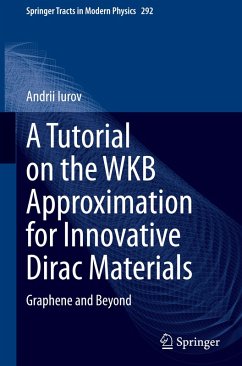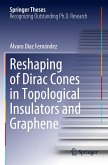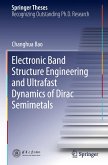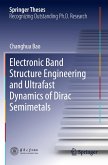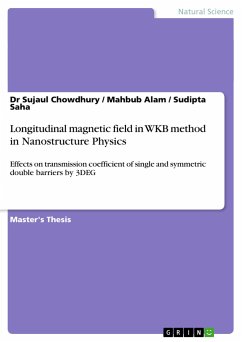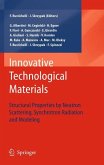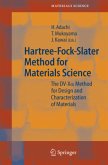This textbook serves to supplement existing quantum mechanics courses with the WKB (Wentzel-Kramers-Brillouin) theory for recently discovered Dirac materials, such as graphene, a dice lattice, and alpha-T3 materials. This includes finding the semiclassical wave function, coordinate-dependent momentum, semiclassical action, the complete set of transport equations, and applicability conditions for the approximation. The discovery of graphene and its unique electronic behavior has transformed research in condensed matter physics over the last 10-15 years, but core curriculum in standard graduate-level physics courses still does not reflect these new developments and this book intends to close this gap. With a clear focus on various types of Dirac Hamiltonians, the multidimensional theory is only a small part of the book. The derivation of the WKB equations for novel Dirac materials and their applications to electron tunneling, turning points and classically forbidden regions, resonances and localized states, and many other crucial physical problems are methodically presented.
This textbook aims to expand the existing approach to presenting the WKB approximation and covers recent developments in its applications. This book also includes many informative graphics, as well as problems and exercises with hints at the end of each chapter. Additional detailed mathematical derivations, as well as code in Mathematica, are added throughout the whole book. Ideal for graduate students and researchers in condensed matter physics, this textbook serves as a modern guide for learning the WKB theory.
This textbook aims to expand the existing approach to presenting the WKB approximation and covers recent developments in its applications. This book also includes many informative graphics, as well as problems and exercises with hints at the end of each chapter. Additional detailed mathematical derivations, as well as code in Mathematica, are added throughout the whole book. Ideal for graduate students and researchers in condensed matter physics, this textbook serves as a modern guide for learning the WKB theory.

